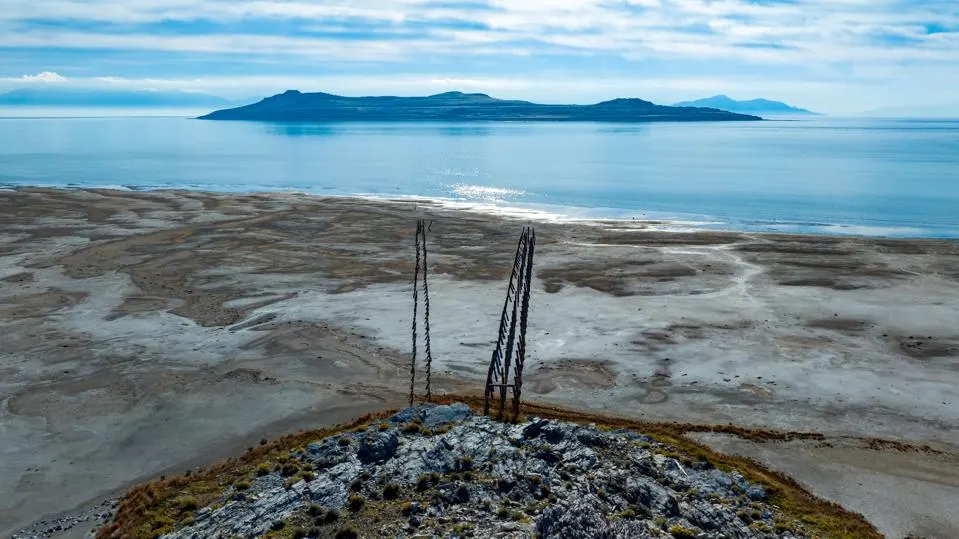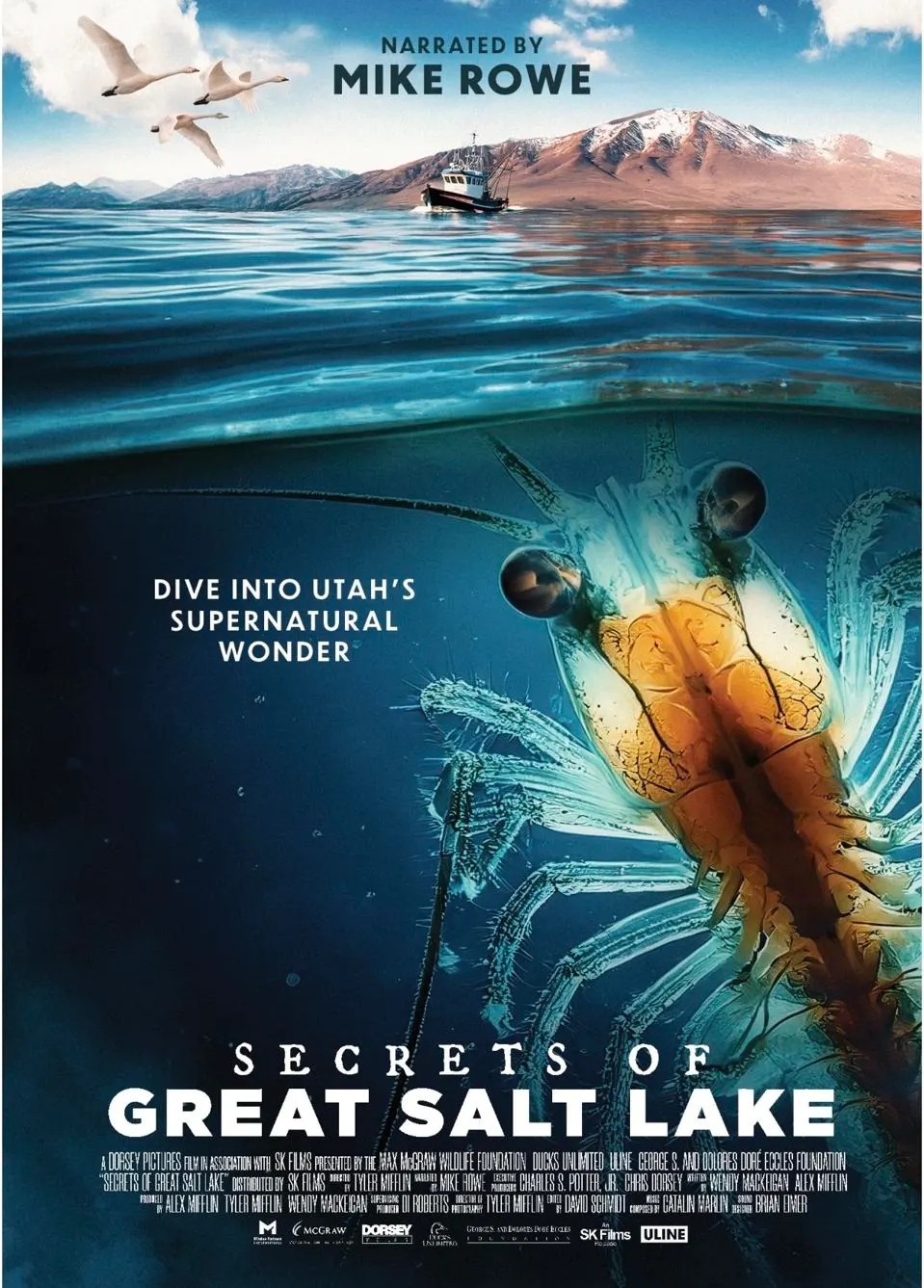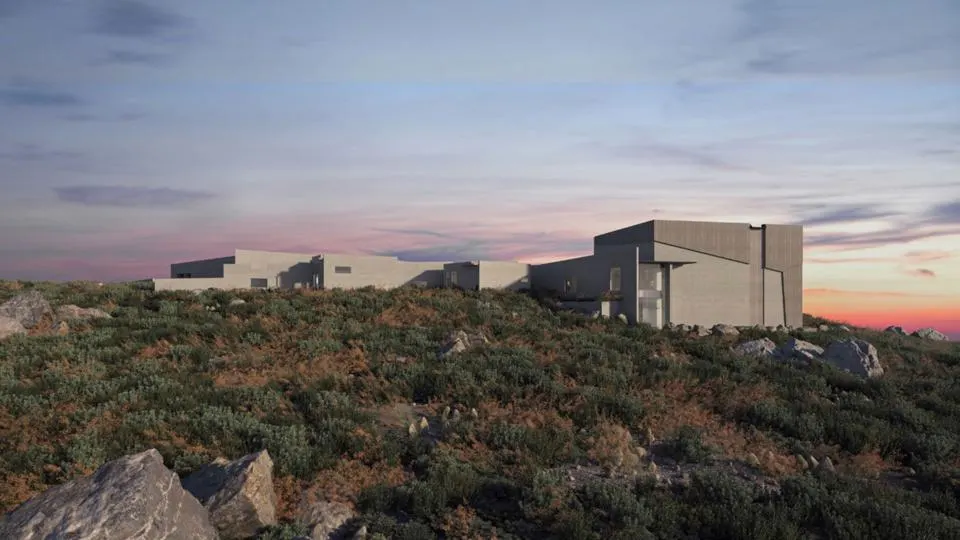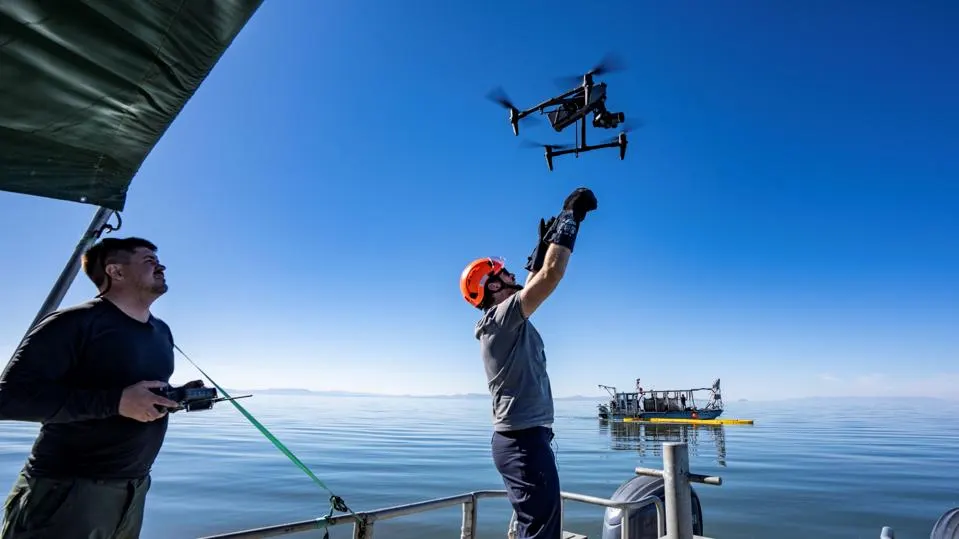A key part of that effort is to make people across Utah and the globe aware of Great Salt Lake’s importance and the urgent need to save it. After nearly two years in production, Secrets of Great Salt Lake is set for release in giant screen theaters worldwide, including a destination theater and interpretive center currently under construction at Utah’s Antelope Island State Park located near Salt Lake City.

It is estimated that Great Salt Lake has seen an 11-foot drop since the late 19th century.
The 3-D film was produced by Denver-based Mission Partners Entertainment Group and is narrated by Mike Rowe with support from the Max McGraw Wildlife Foundation and wetlands conservation leader Ducks Unlimited. Toronto-based SK Films will handle distribution of the film to giant screen theaters worldwide in multiple languages, and Secrets was directed by Tyler Mifflin.
The film is part of a broad communications and educational effort that includes a television series as well as short form content and curriculum that will be distributed to more than 10,000 US schools through the world’s largest conservation education portal.

“It’s not just about creating a film,” says McGraw’s President and CEO Charlie Potter, who also serves as one of the film’s executive producers, “it’s about igniting a movement to save the lake.”
Great Salt Lake once spanned 1,700-square miles but has dropped nearly 50 percent. Of nine saline lakes found in the American West, more than half have withered from 50 to 95 percent of their earliest recorded levels. None is more important than Great Salt Lake, and the struggle to save it is emblematic of the growing demand for water across the globe. The world’s human population has nearly doubled since 1980 and with that growth has come exponential demand for water. For Great Salt Lake and all the people and wildlife that benefit from it, the clock is ticking.

Narrator Mike Rowe has been named by Forbes as one of the Country’s 10 Most Trustworthy Celebrities multiple times.
“We see this as a chance to highlight the incredible effort underway to save an invaluable ecosystem,” says Antonietta Monteleone, CEO of Mission Partners. “Our purpose is to empower conservation through powerful storytelling and engaging media.”
Great Salt Lake and the businesses that depend on it are the economic engine sustaining much of Utah’s health and wealth. Direct industries derived from the lake–including commercial fishing, mining and recreation–bring in more than $1 billion a year in net economic output. The lake also provides the key moisture behind the state’s world-renowned billion-dollar ski industry and supports other forms of outdoor recreation, creating a massive economic driver for the state. Most importantly, Great Salt Lake makes life in much of Utah possible. With so much of the lakebed now exposed, its naturally occurring arsenic and mercury–two well-known carcinogens—are swept up in periodic dust storms that now befall the region.

Artist’s rendering of the giant screen theater being built on Utah’s Antelope Island.
Beyond the lake as a sustainable economic force, it is one of the most important migratory bird habitats found in the western United States. The lake is home to most of the wetlands found in Utah and is a federally managed bird refuge. The adjacent 74,000-acre Bear River Migratory Bird Refuge was founded in 1928 and is a key nesting and migratory bird stopover area for millions of ducks, geese, cranes, swans and myriad shorebirds that traverse the Pacific and Central flyways.

The production team launches a drone equipped with an 8K camera over Great Salt Lake.
“Great Salt Lake is a uniquely beautiful place. It draws millions of people to Utah each year and is vital not only to tourism but also to our quality of life. It’s critical to the environment, ecology and economy, not just in Utah but across the western U.S.,” says Joel Ferry, head of the state’s Department of Natural Resources, the agency responsible for the film effort along with the associated destination theater and interpretive center that’s set to open early 2026.
“We know we’re on the clock,” says Potter, “and the state is moving with extraordinary resolve to sustain the lake before it’s too late.”

